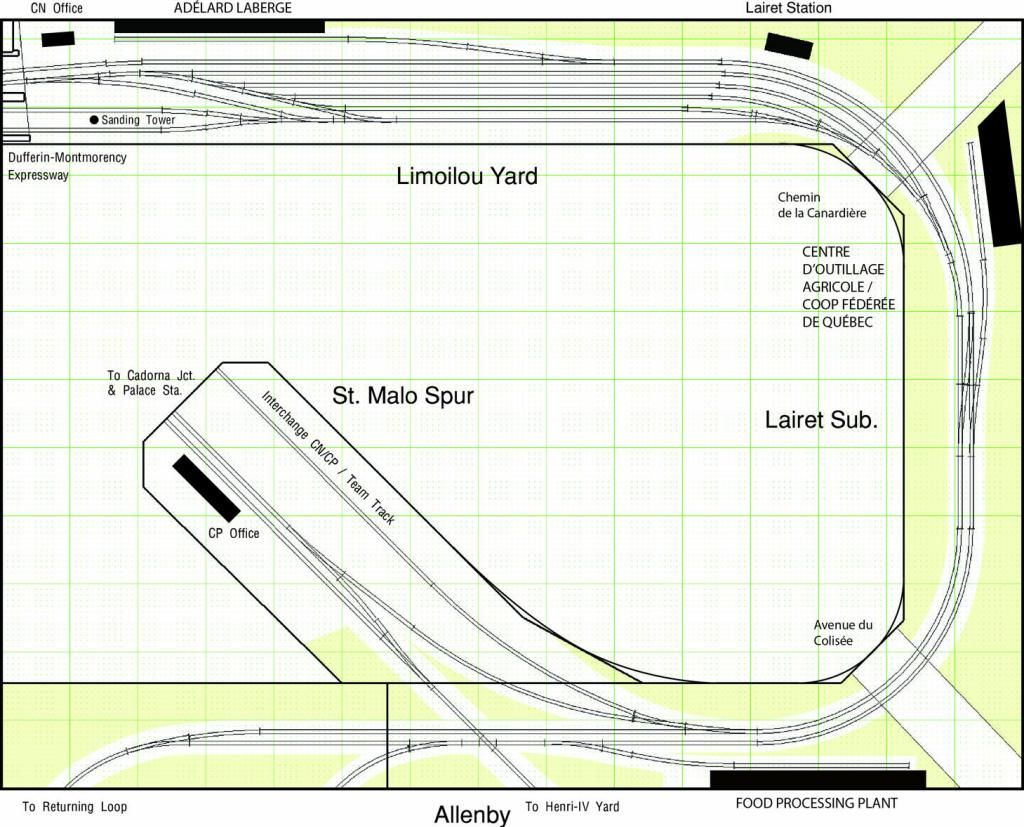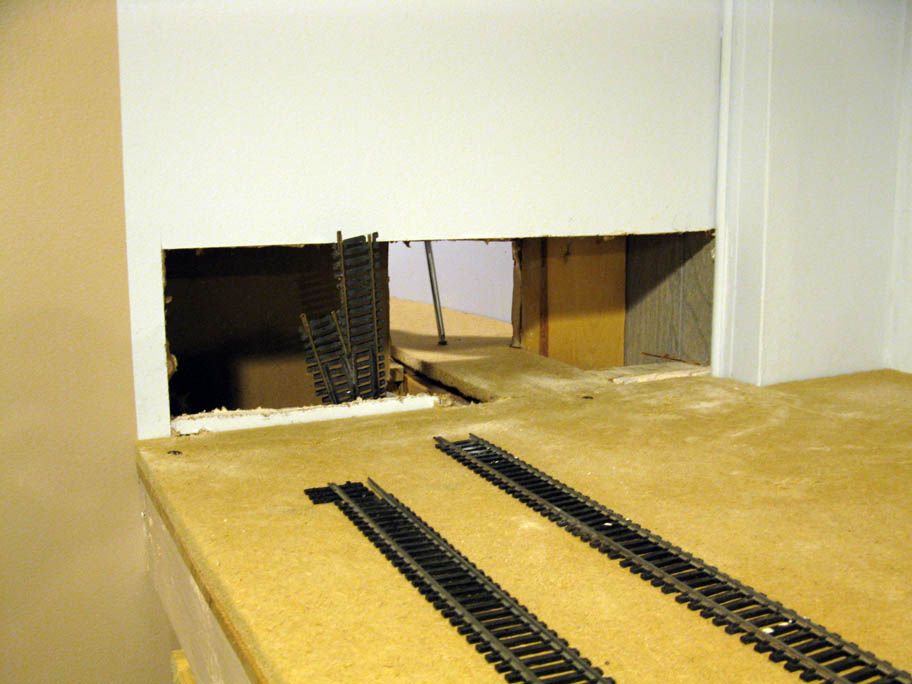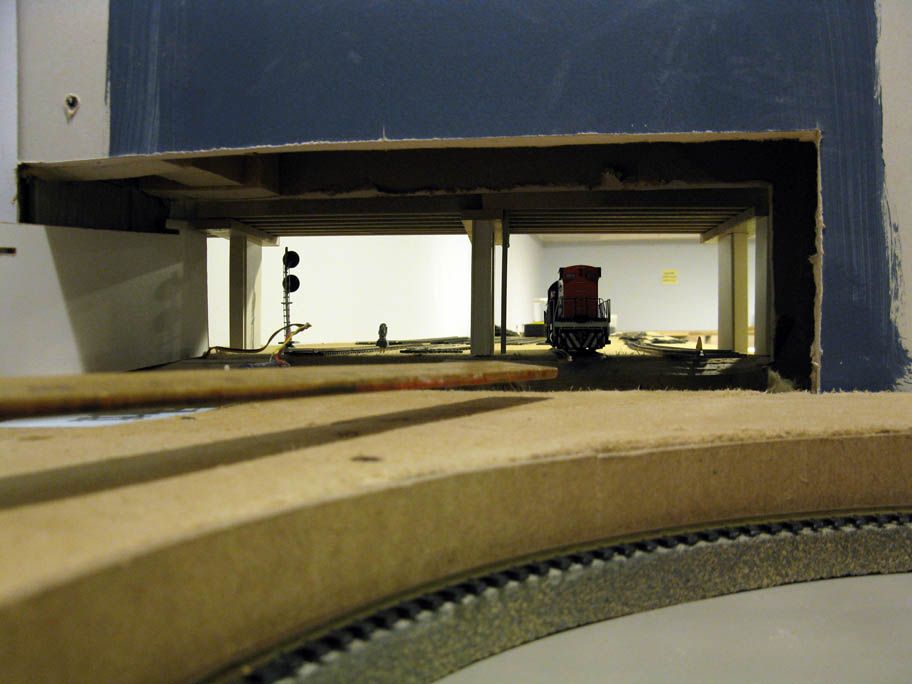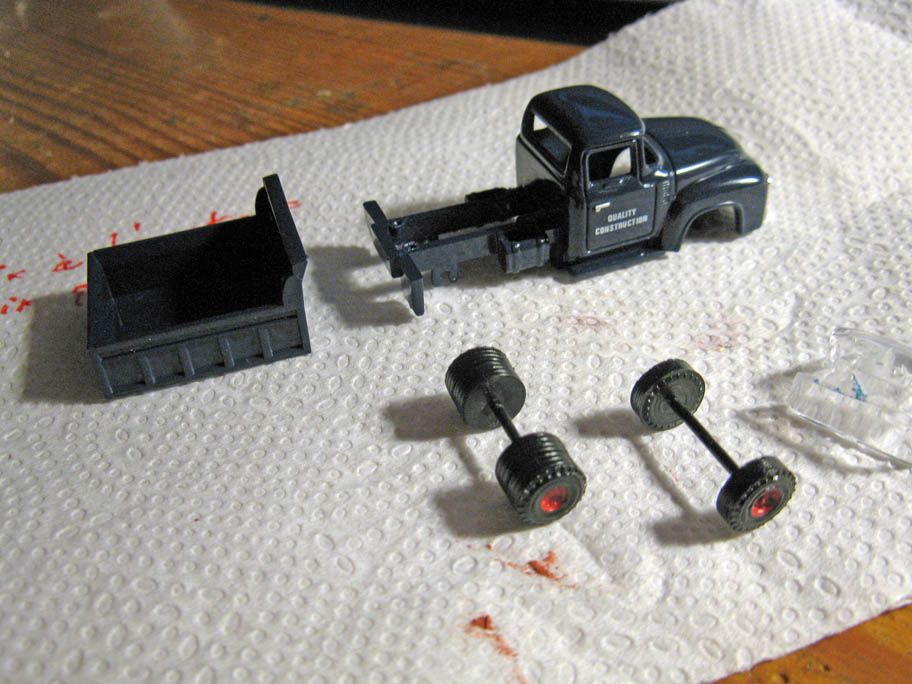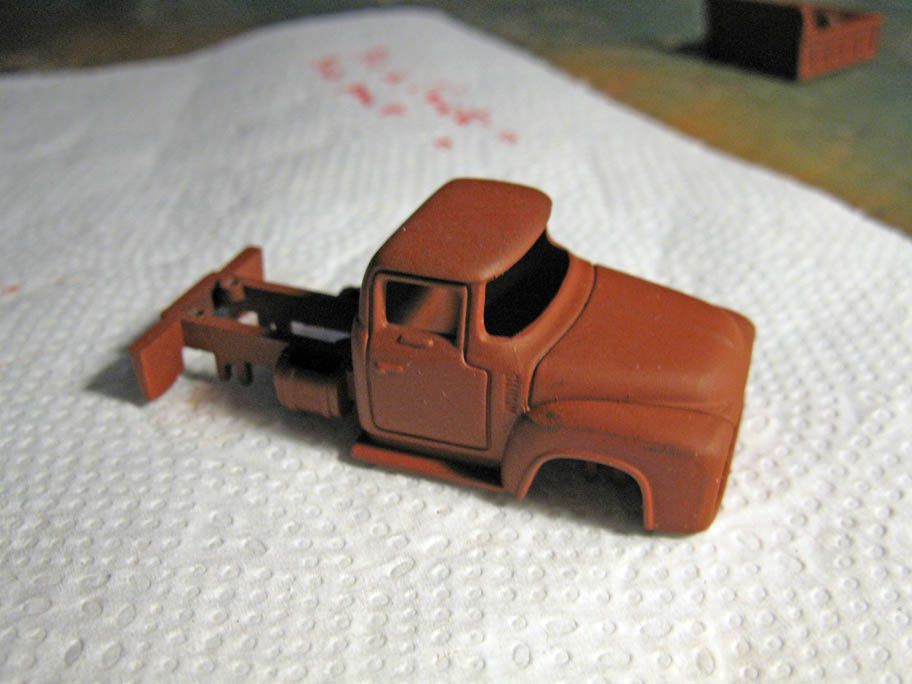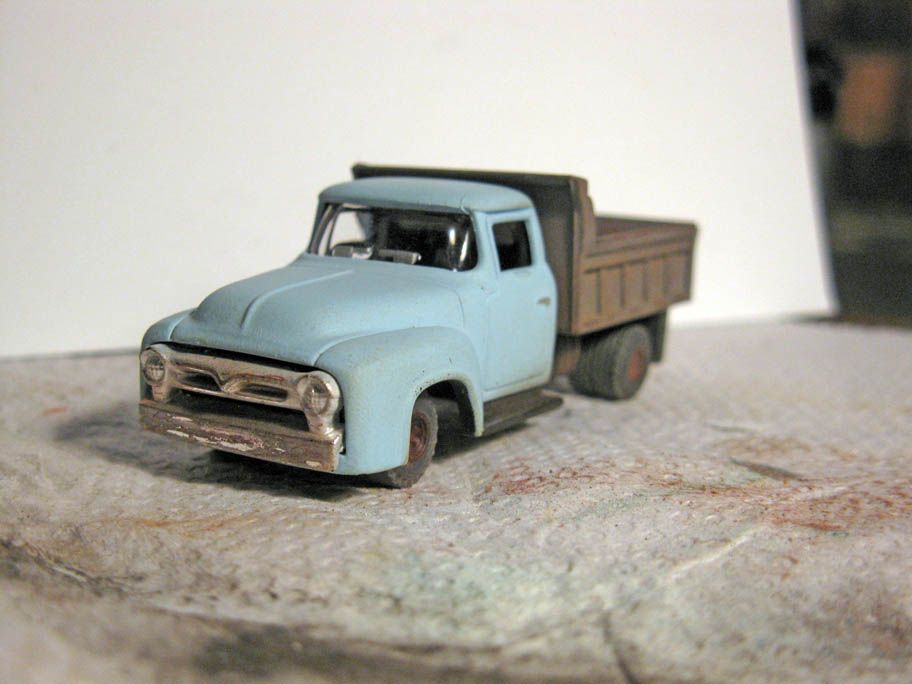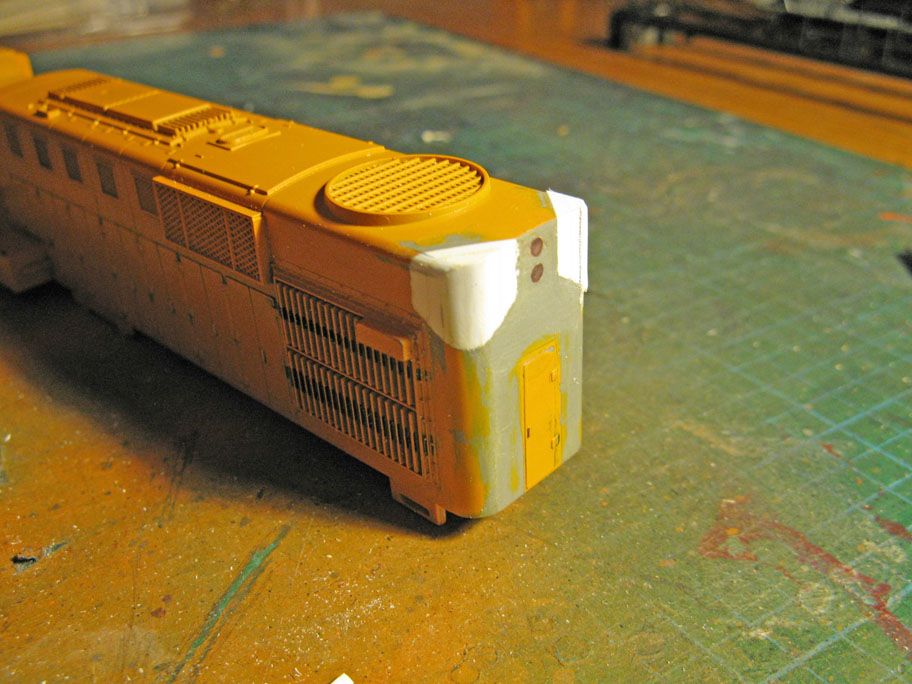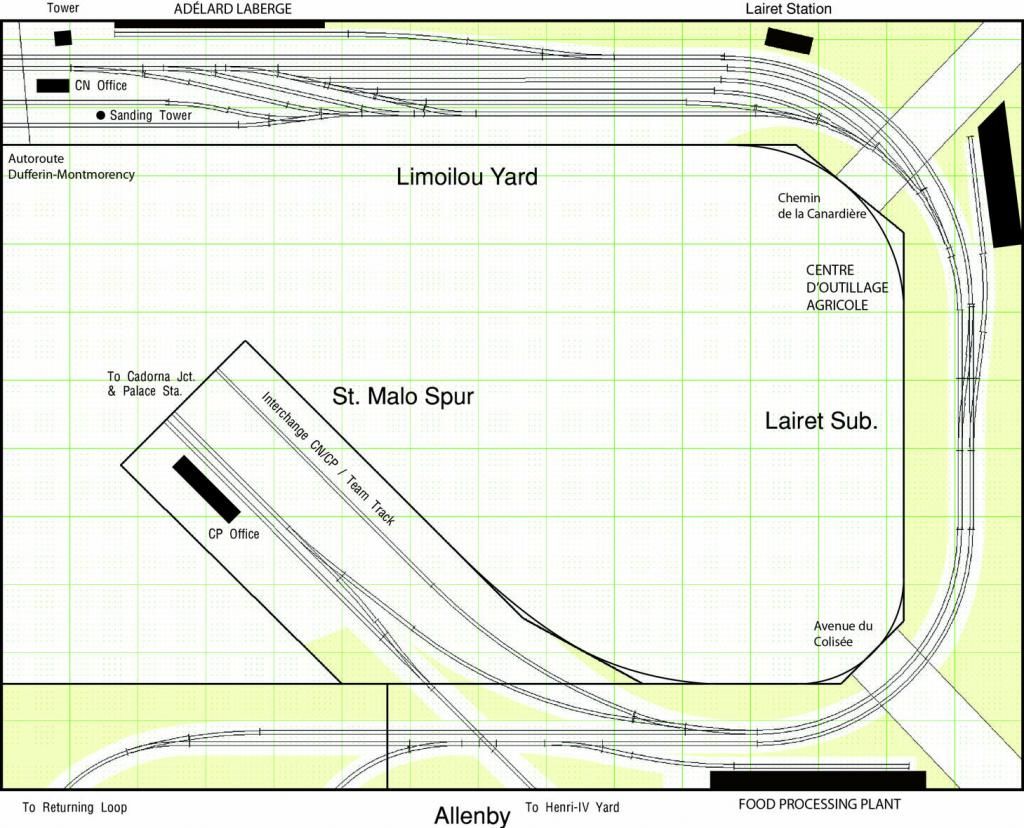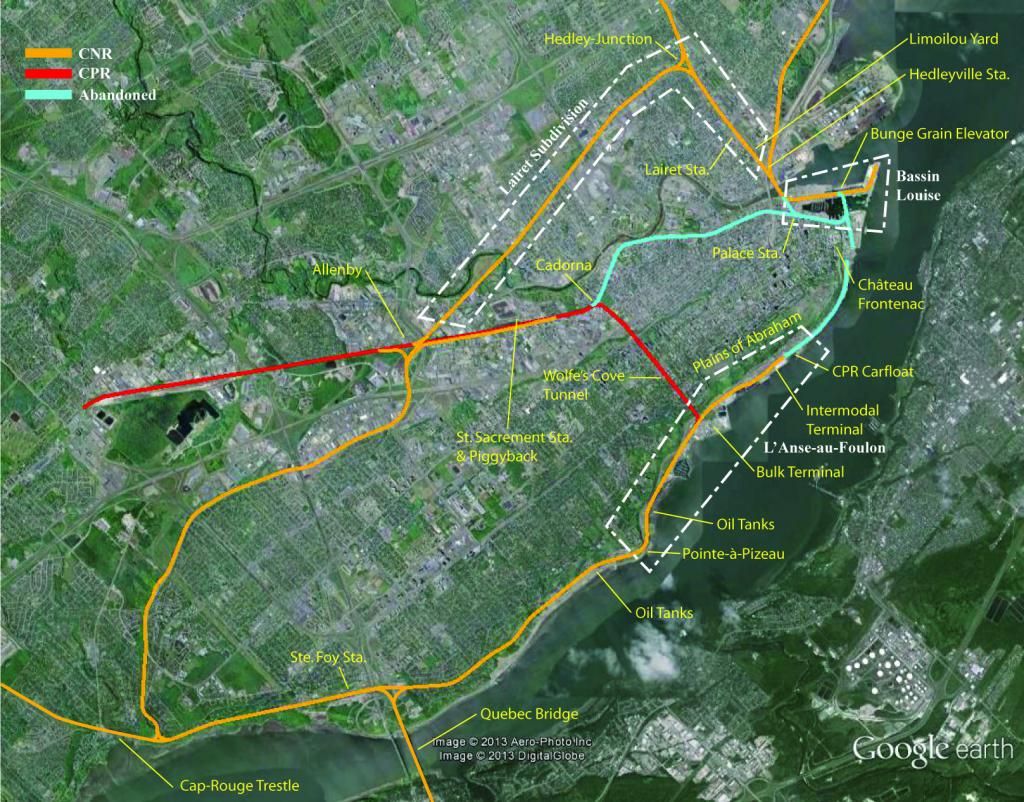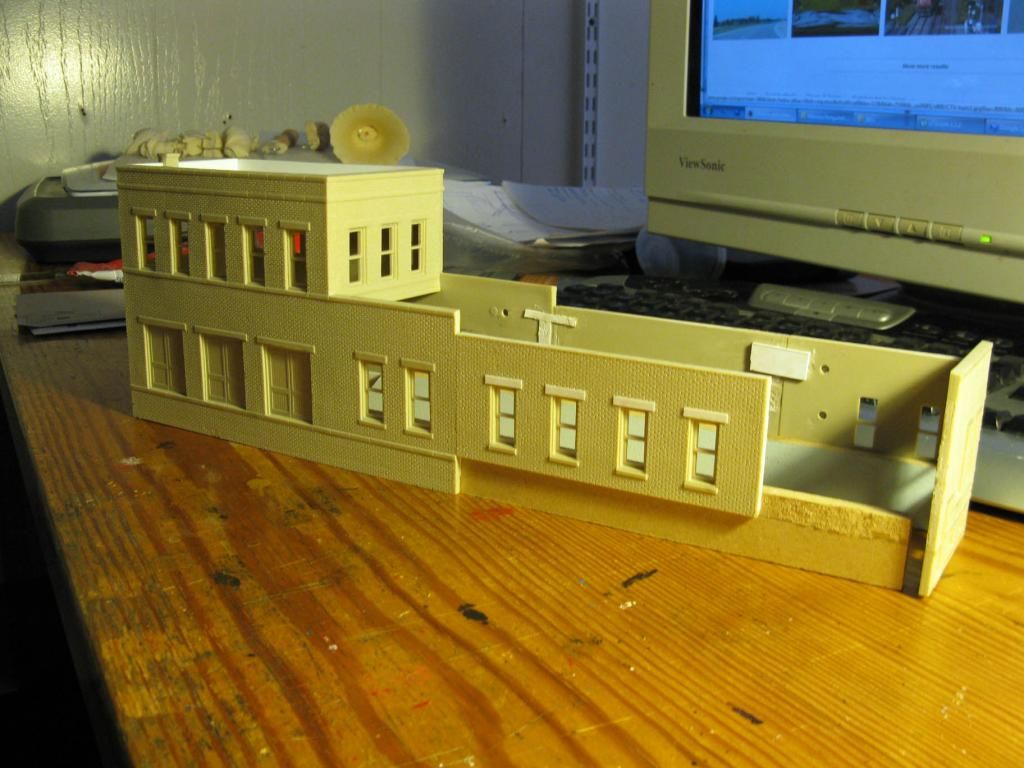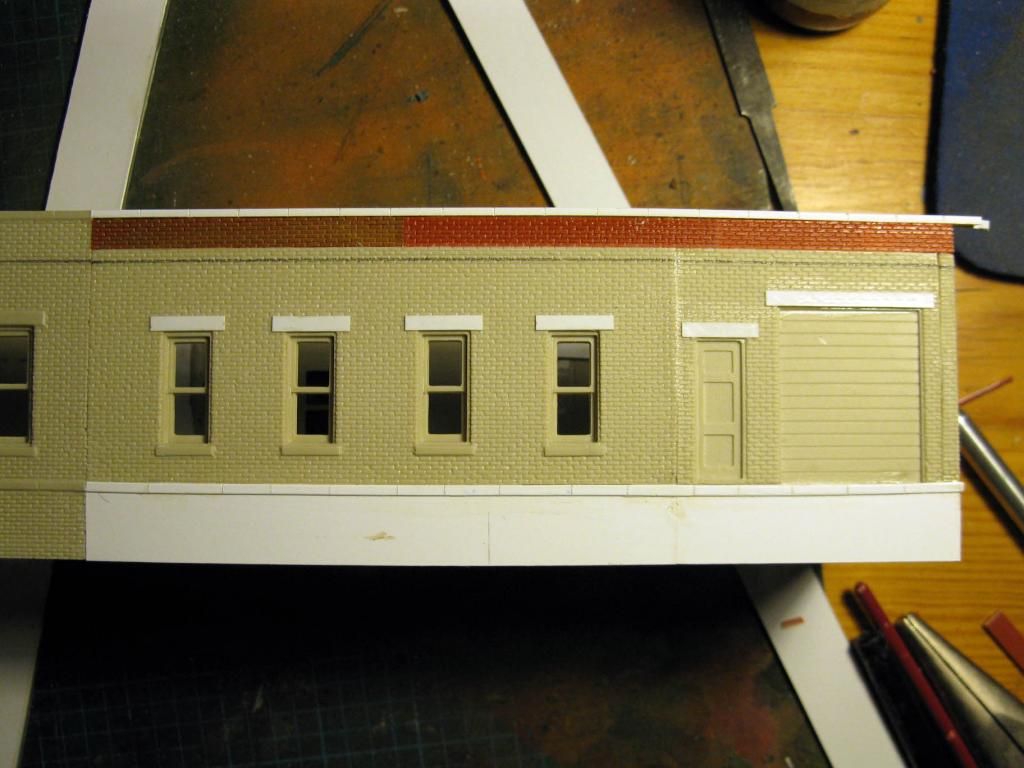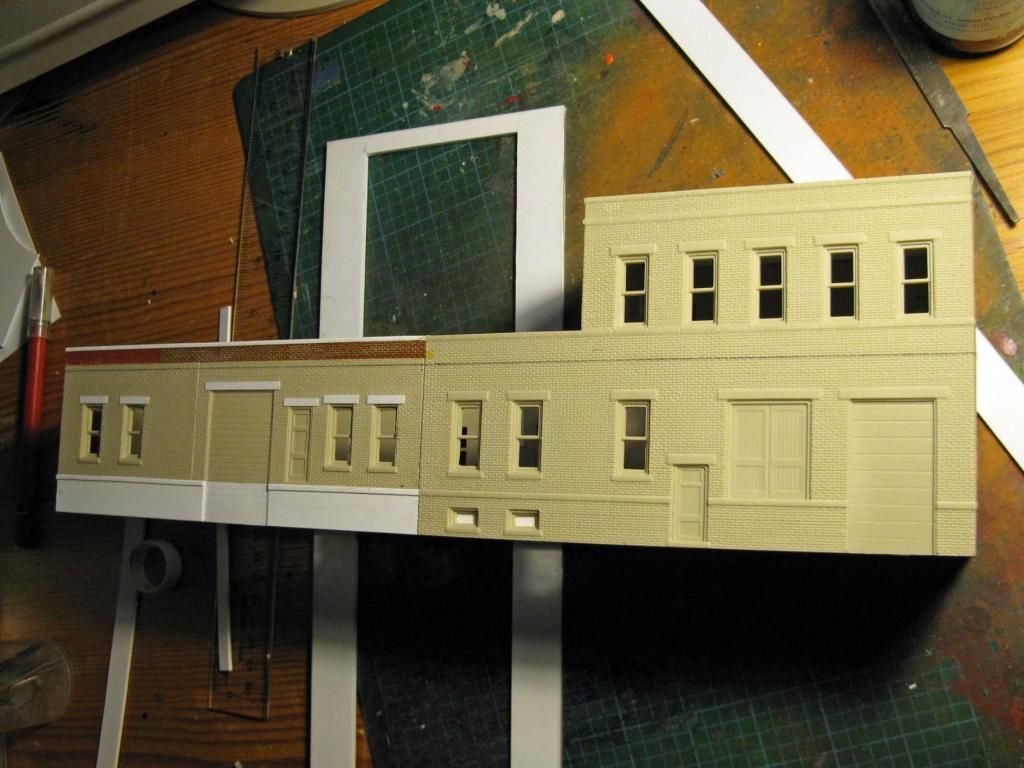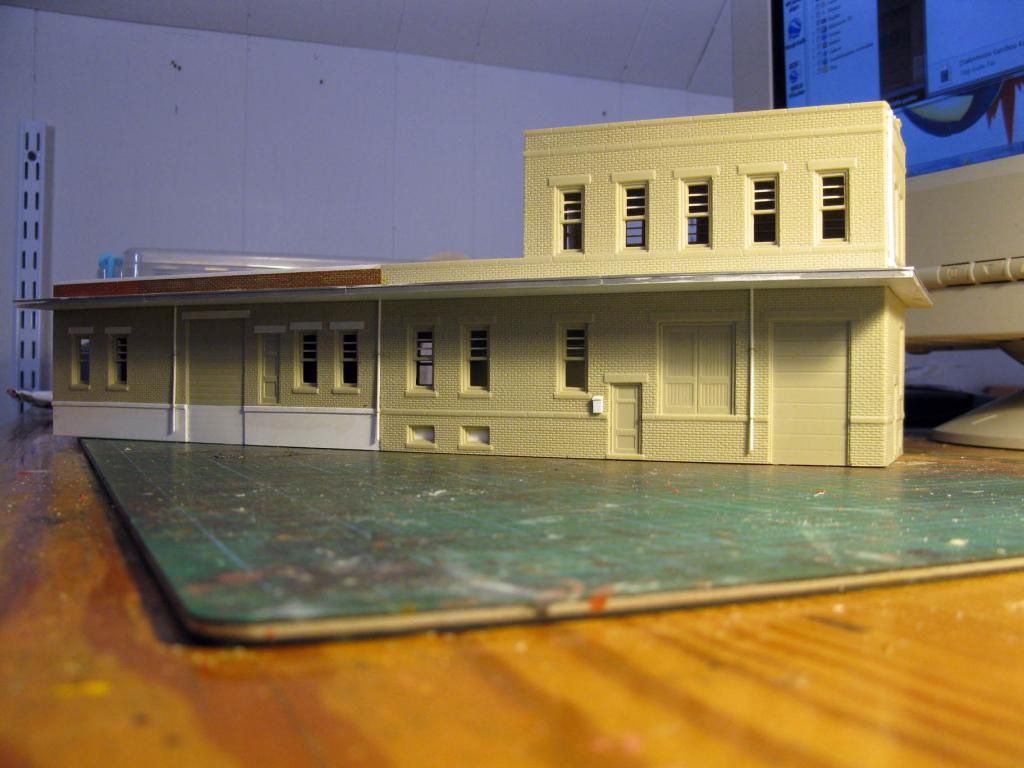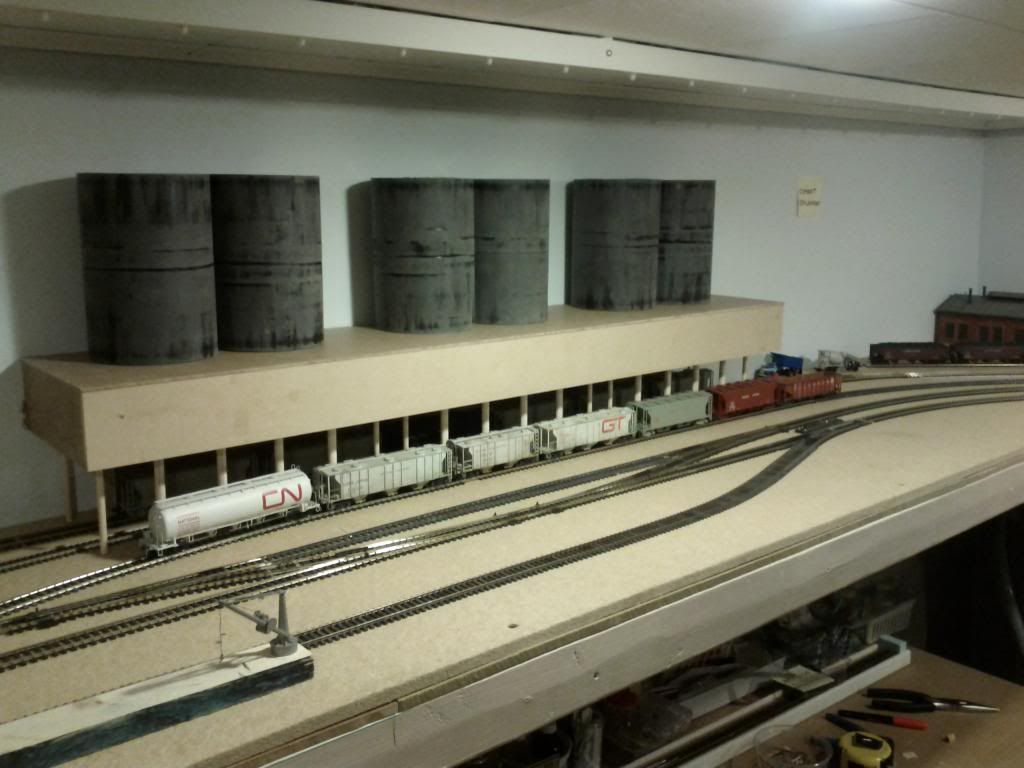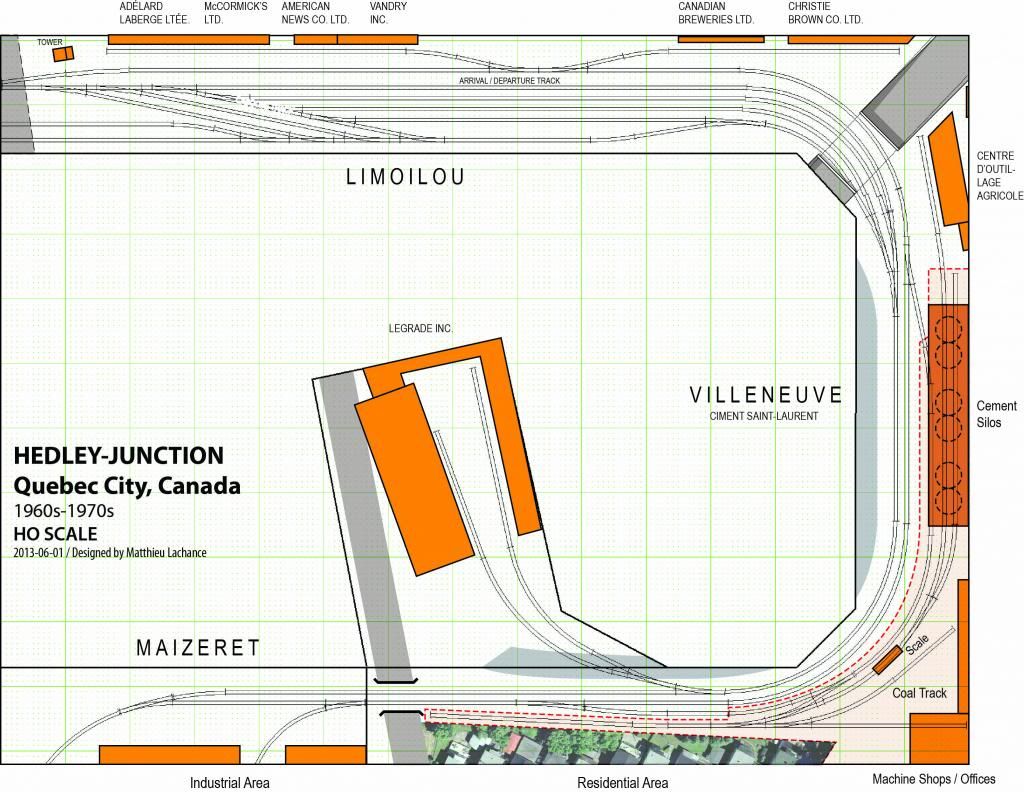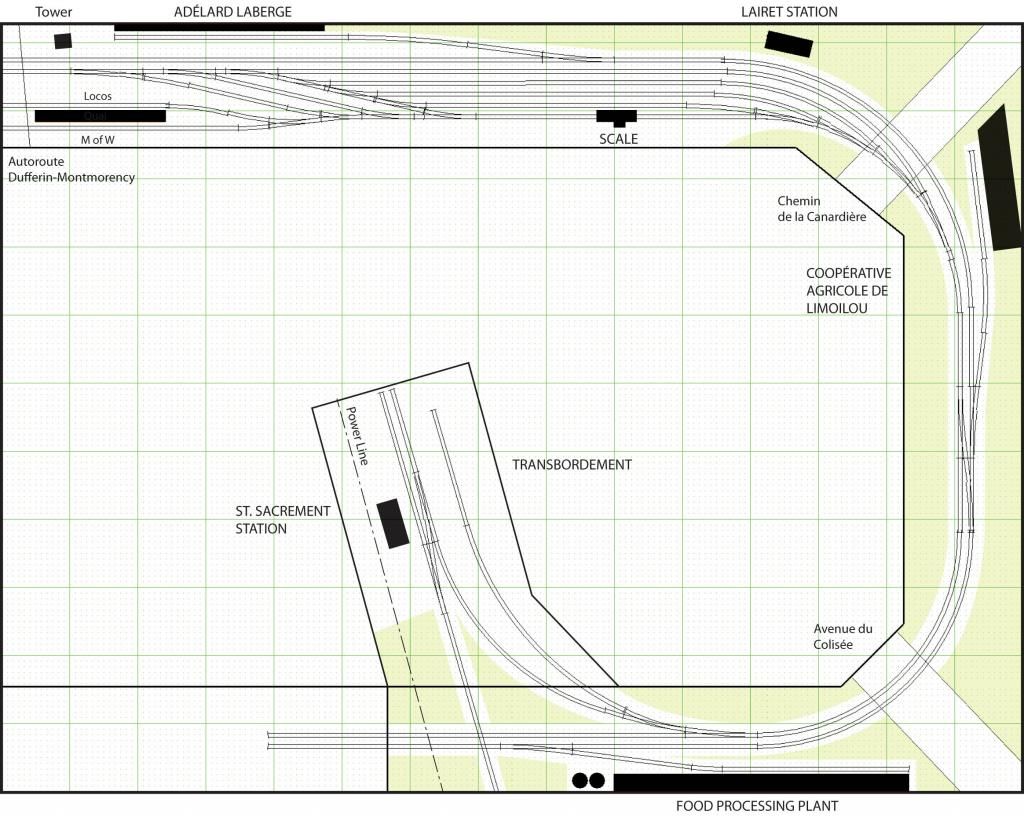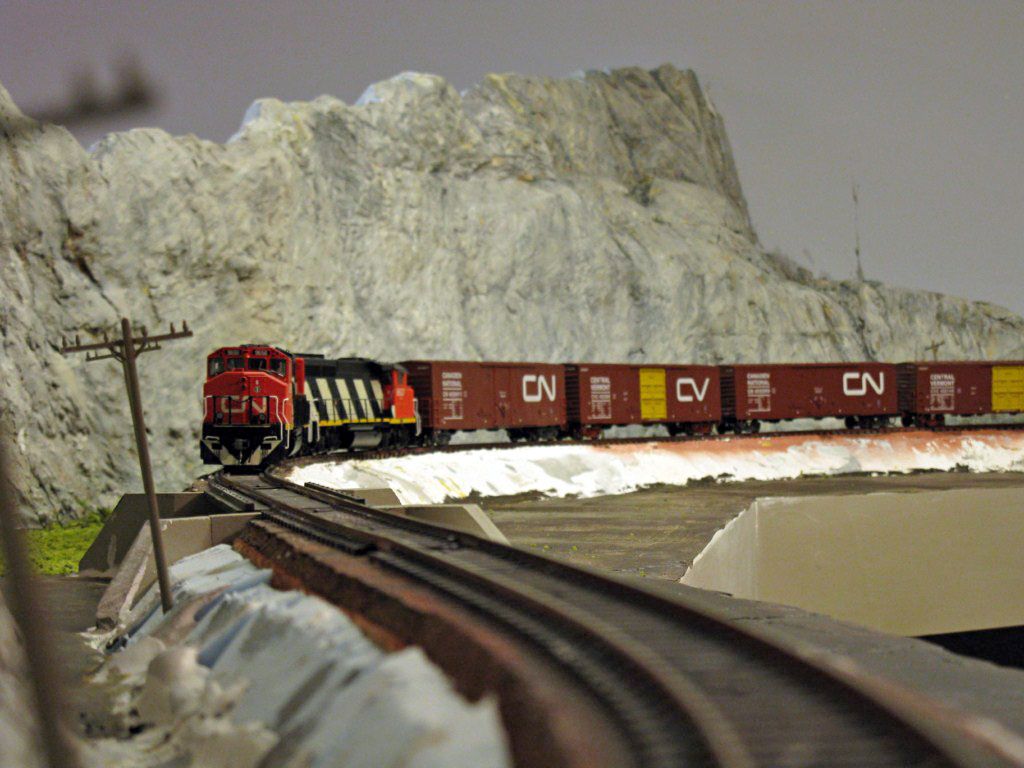Marty Bernard's journey to Quebec City in August 1970 gives us a good idea of locomotives working there on a typical day. He bothered to photograph almost every locomotives he encountered that day, making it an almost perfect snapshot.
Using his pictures, I was able to get a quite precise idea of the roster. That way I was able to figure out how many locomotives of each type could be found at Quebec City. Then, I scaled down the number of units to represent the fact our layout is about half the size of real life operations.
Number per type reads as 2 (1) [1].
2 stands for the number pictured by Marty Bernard.
(1) is half that number to fit the layout
[1] is the adjustment I make to make it more realistic
Then some pertinent remarks as needed.
Canadian National:
C424: 3 (1.5) [2] - I rounded at 2 because they always run in pair and 1.5 is practical! I have one Atlas in wet noodle
[#3214] and 1 Atlas-Kato in zebra stripes
[#3201] (may need a repaint or to get another one in the right scheme since Atlas Classic locomotives are better detailed).
GP9: 6 (3) [3] - The work horse at Quebec City. I have 2 new Bachmann waiting their new paint scheme
[#4492 & 4521] and probably will need another one, probably a Bachmann to have a consistent fleet at low price. Or maybe a Proto 2000 in green/gold livery since there's photographic proof one still operated at Limoilou in 1967
[#4509].
RS18: 3 (1.5) [1] - I'll have to get and bash an Atlas Classic RS11
[#3714]. I already gathered the detailing parts. Since it's a serious and costly bash, I don't expect to make a second one.
S4: 2 (1) [1] - The club has an Atlas GT S4 that will be detailed and painted to fit one of Quebec City switcher
[#8176].
FPA4: 4 (2) [1] - The main passenger locomotive in Quebec City. However, since we don't model Palace Station, I feel it's useless to get more. I already have a Proto 2000 PA4 in CN livery that will make a good stand-in
[#TBD].
B-units: 2 (1) [1] - EMD and MLW, only needs one to complete a set
[#TBD]. Since FPA4 often pushed short local trains in the 70s, I'm not in a hurry to get one. Maybe a Rapido in the future, who knows.
Steam Generator: 4 (2) [1] - Lots of freight locomotives pulled trains in Quebec City area, mainly on Murray Bay Sub
[#TBD]. Since we don't operate passenger trains, getting one from Rapido would be more than enough.
Budd: 1 (0.5) [1] - Acquiring a Budd in the future would be a nice move to get the feeling of the era. But it's not a priority so far
[#6116].
Wood caboose: 2 (1) [2] - I already have a True Line caboose in wet noodle. Since we operate many freight trains, I have also built a Sylvan Scale resin Pointe Saint-Charles caboose that also fits the era.
Canadian Pacific:
RS10: 2 (1) [1] - We already own a Proto 1000 in Multimark scheme.
RS18: 2 (1) [1] - Building a RS18 is a costly and lenghty endeavour. If I can grab a Proto 1000 specimen in Maroon & Grey scheme, it would be a possible way to add it to the fleet.
S2-S3: 2 (1) [1] - I have a Proto 2000 S3 in Maroon & Grey scheme, block lettering).
Budd: 2 (1) [1] - Would be a nice future addition to depict passenger operation at Saint-Sacrement Station.
Wood caboose: 1 (0.5) [1] - I own a True Line version in Script scheme as found at Palace Station on 1970s pictures.
Steel caboose: 1 (0.5) [1] - We've got a Rapido Transcona caboose in Multimark scheme as seen on era pictures.
National Harbour Board:
GE 44-Ton: 1 (0.5) [1] - I already repainted a Bachmann Spectrum in the correct paint scheme.
***
Other locomotives will be added to this preliminary roster. In fact, other locomotives such as M630C weren't unusual on CP Rail intermodal trains to Wolfe's Cove. I already got one from Bowser. Also, M630C were also a common sight in Quebec area, pulling long intercity freight trains, including grain trains. I also have two Bowser unit in wet noodle and zebra stripes schemes.
Finally, GP38-2W, GP40W and M420 were often seen in the mid-1970s. So far, we got two Atlas GP38-2W in zebra stripes.
